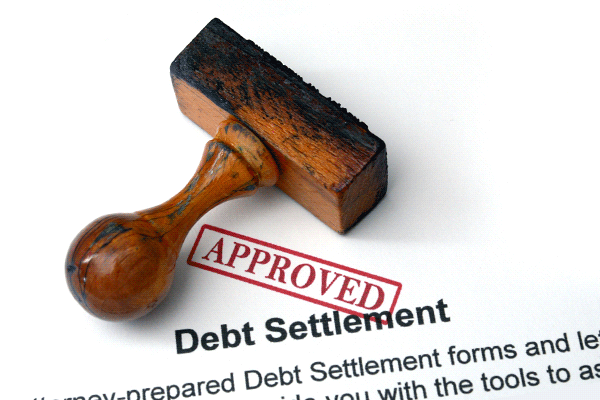Not all bankruptcies have to run their ordinary course, in fact it is possible to end a bankruptcy earlier than expected. Bankrupts may make an offer to settle their bankruptcy through a composition or scheme of arrangement under section 73 of the Bankruptcy Act 1966 (Cth). The bankrupt can send a written proposal of the composition to the trustee in bankruptcy and request that the creditors meet to consider the proposed composition or arrangement. If the creditors accept this proposal, this will have the effect of annulling the bankruptcy.
Composition versus scheme of arrangement
A composition is an agreement to pay an amount to the trustee. A scheme of arrangement allows for wide types of provisions such as agreements to sell assets.
The process
After receiving the written proposal from the bankrupt, the trustee in bankruptcy will analyse the proposal and investigate how it will benefit the creditors. The trustee will issue a report explaining the proposal to the creditors so that they may compare the potential results from the proposal with the expected results from continuing the bankruptcy. The trustee calls a meeting of creditors so that they may vote on the proposal. In order to succeed, the proposal must receive a majority of creditors’ votes, plus these creditors must represent at least 75% of the dollar value of debts (ie a special resolution). The bankruptcy is then annulled. Creditors and the trustee will be paid (though not necessarily in full).
If the debtor defaults on the composition or scheme of arrangement, the trustee or the creditors may terminate and can apply to make the debtor bankrupt again.
Practical Considerations
The bankrupt must pay the trustee for the fees involved regardless of whether the creditors vote in favour of the proposal. The trustee may ask for this amount up front. The bankrupt also must pay the Asset Realisation Charge, which is currently 6% of the money received by the trustee from the composition or scheme of arrangement. Bankrupts should also be aware that they will still be permanently listed on the National Personal Insolvency Index. Credit reports will continue to show the annulment until either two years after the date of annulment or five years after bankruptcy (whichever is later).
Creditors need to consider the trustee’s report and the bankrupt’s position including where the bankrupt is sourcing the funds in the proposal. If the proposal is successful, all creditors will be paid accordingly whether they voted for the proposal or not.
Stipe Vuleta is a Director at Chamberlains (www.chamberlains.com.au) specialising in insolvency, reconstruction and debt recovery. He is an author in the Bankruptcy and Insolvency space, an Associate Adjunct Professor of the University of Canberra and a Professional member of ARITA and the Law Council of Australia’s Insolvency & Reconstruction Committee.



